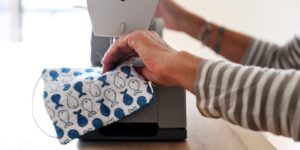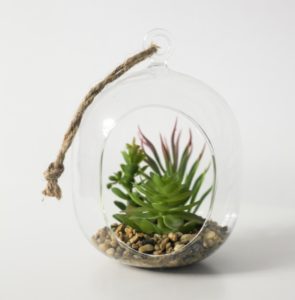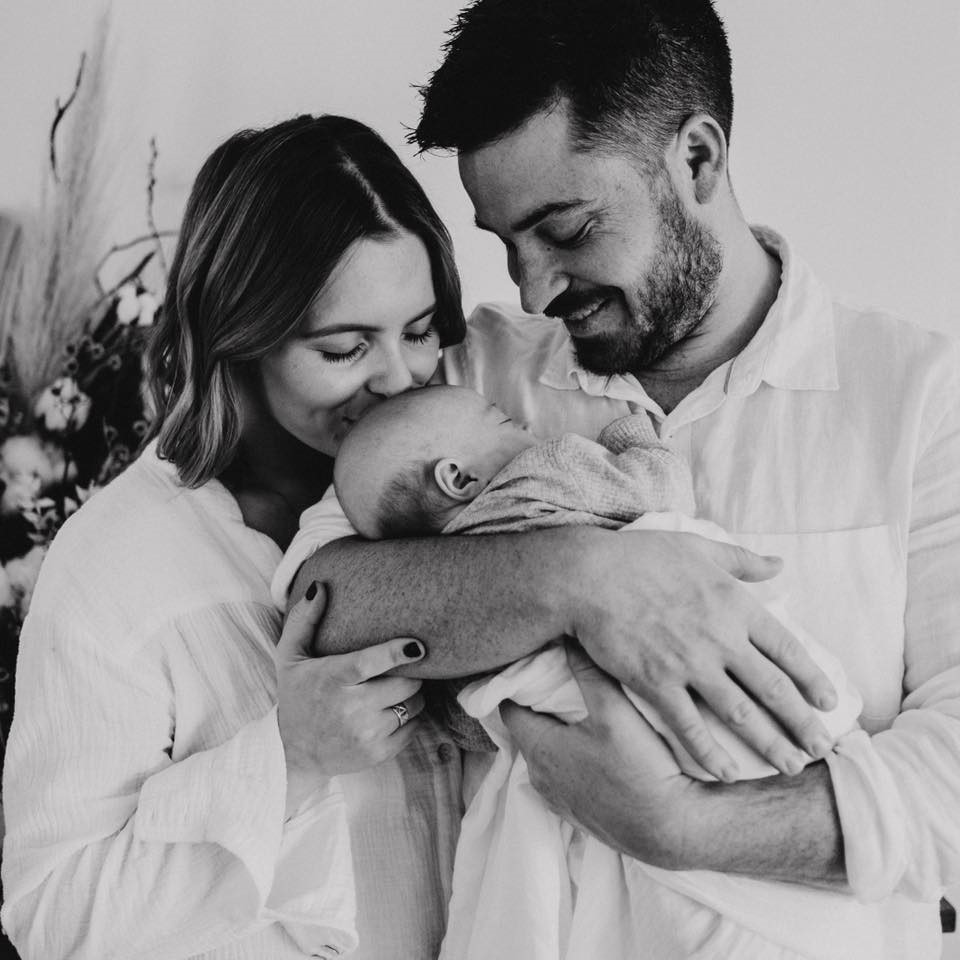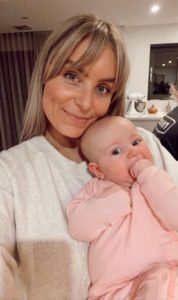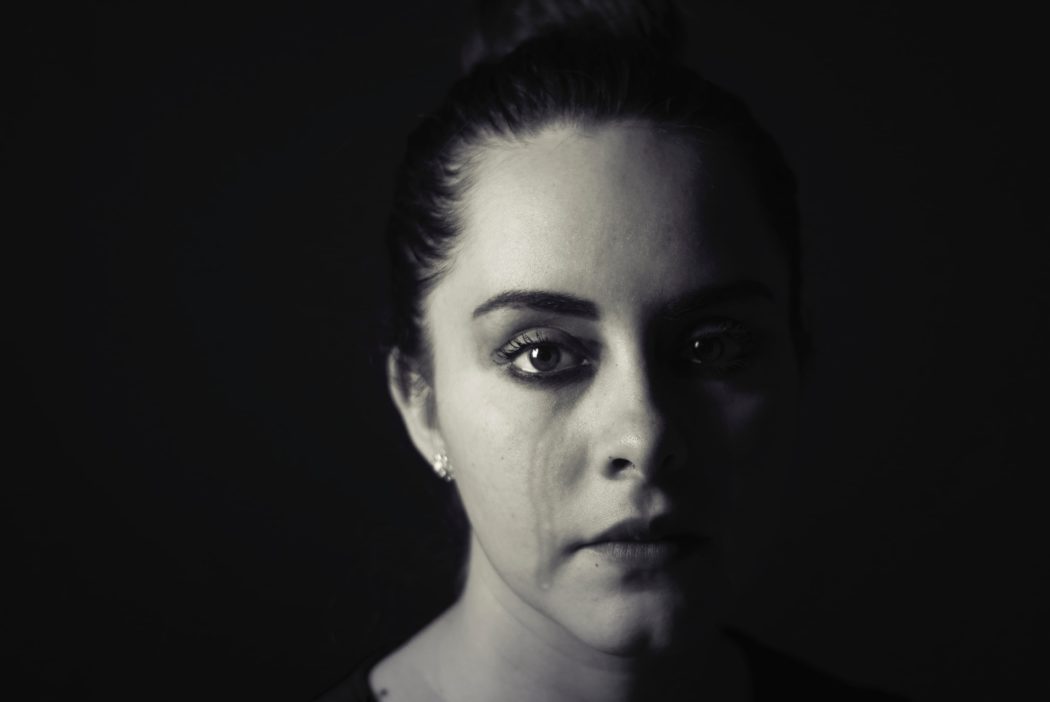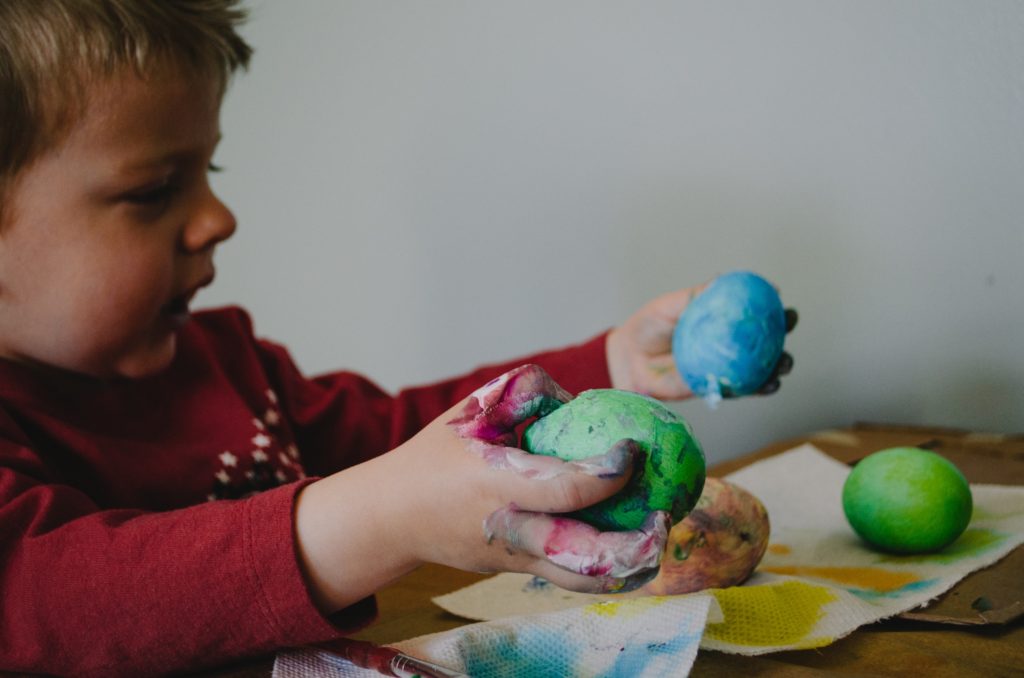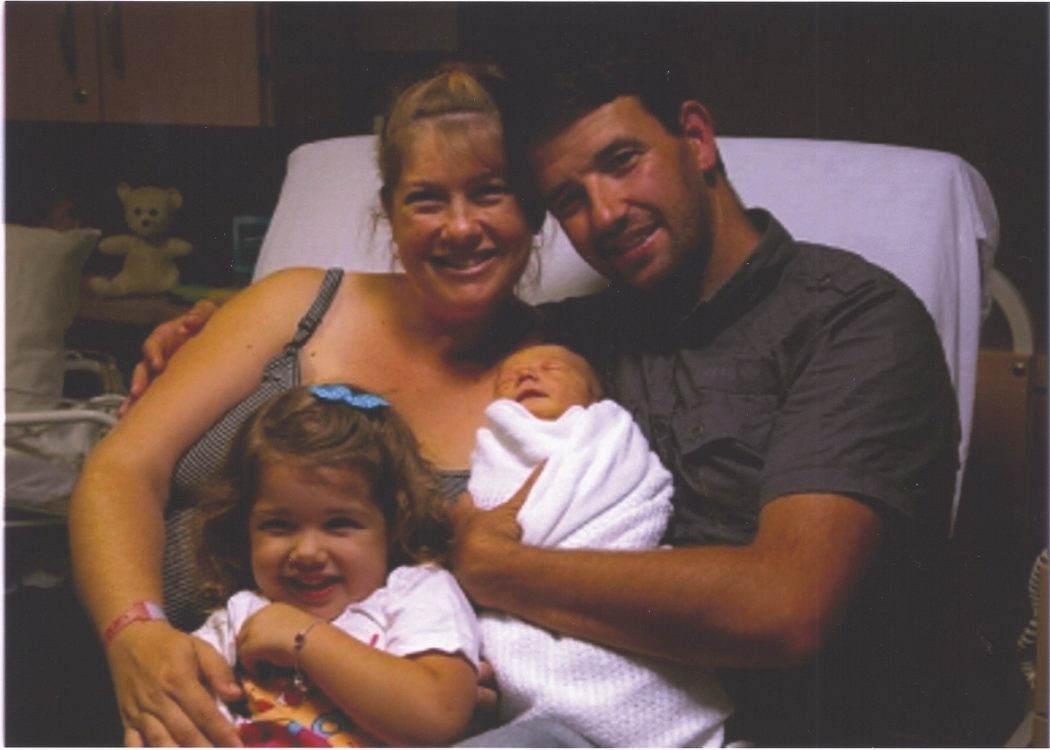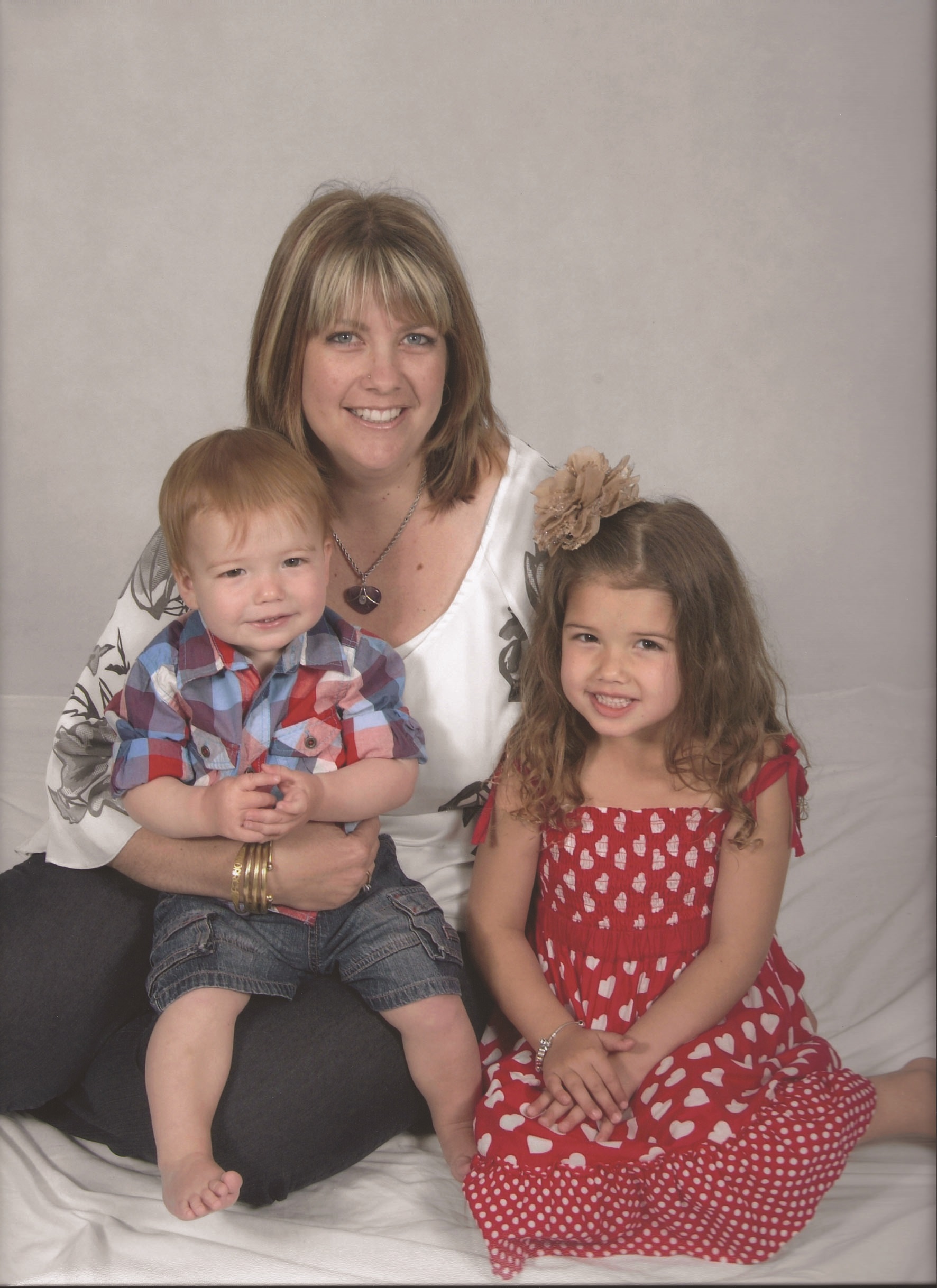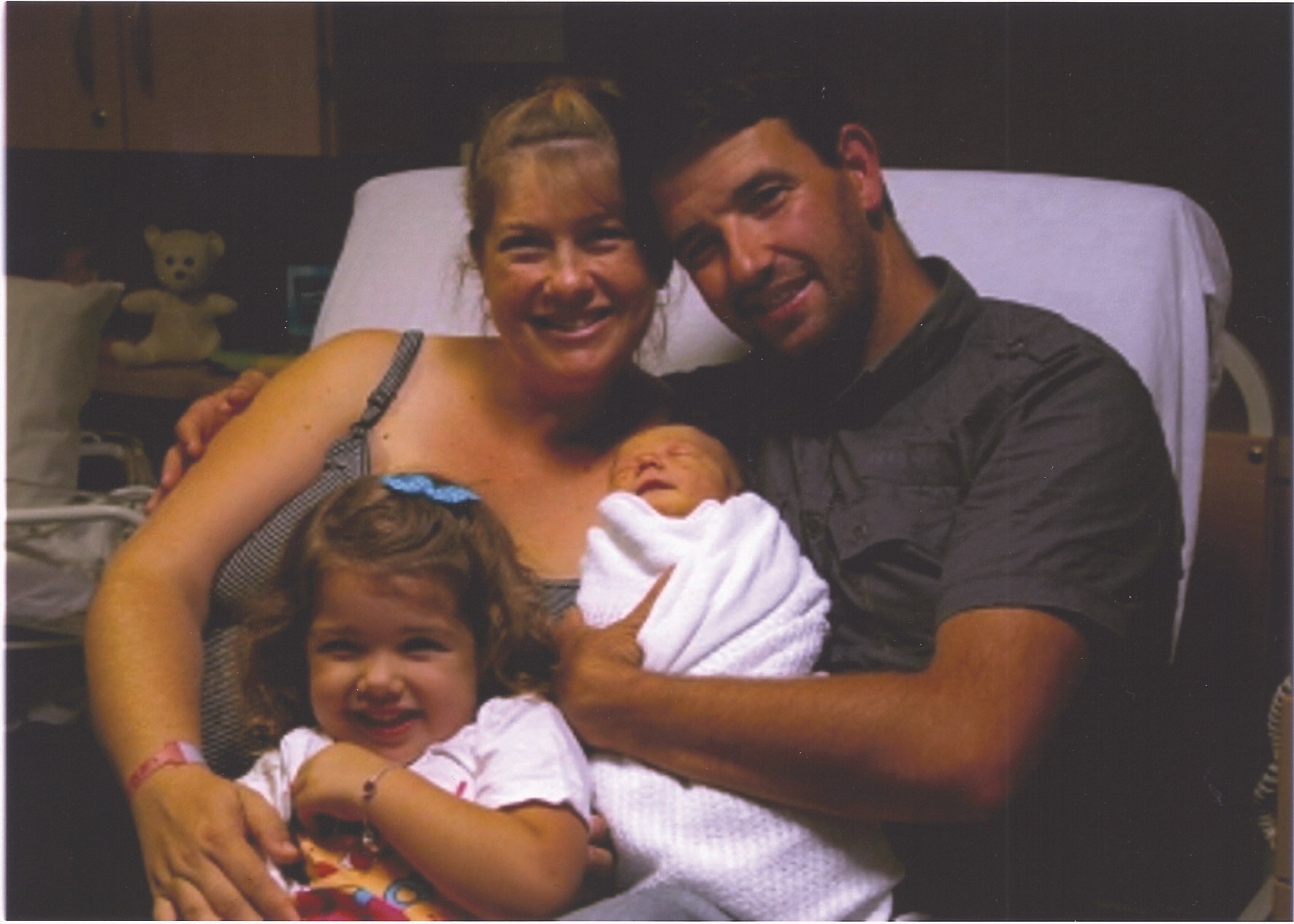An OSHC coordinator shares what she wishes parents knew about the educators and programs their children attend.

Outside School Hours Care (OSHC) programs can often be overlooked by the community as a babysitting service, but it’s more advanced than that. Educators of an OSHC program are required to do a number of things based on the National Quality Standards and National Regulations set out by the Department of Education.
During my eight years as a coordinator and running a large service of 60+ kids, here’s a few things that I wish the parents knew and feel they would have benefitted from.
Child portfolios
Every service dedicates a portfolio to each child. In these portfolios, they will have the child’s development using My Time, Our Place. Alternative to school-based education, educators will observe the children in a social setting, paying attention to their ability to learn adequate life skills. These skills can be in making friends, solving tense situations, being environmentally conscious, considering their community, interacting with others in a respectful way, being resilient, and many more.
Portfolios often have photos and examples of what they’ve done within the service, accompanied by a written learning story/observation.
These are used for the educators to document the child’s development and ensure that they’re developing specific to their needs. The educators focus on one key area of development, determined by the parent or the educator’s observations, and then work on developing that skill.
Parents can gain access to this by asking the educators, but this should also leave with the child at the end of their journey at the OSHC program.

Daily reflection journal and program
Most OSHC services will have a reflection journal near the sign out desk. The intention of the journal is for the educators, children and parents to critically reflect on the program for the week. This is also used to document experiences within the program such as evacuation drills, community participation, and any major changes.
OSHC can get loud and busy so it’s important for parents to read the reflection journal or planner so they are aware of what’s happening within the service. Parents can also use the journal to make comments about the program, whether that’s positive or simply a suggestion of improvement.
Parents are always encouraged to provide their feedback and get involved.

Complaints
More commonly, services are run by large companies (Camp Australia, OSHClub, Team Kids, Big Childcare, and more). It can be easier for a parent to address any complaints directly to the company and avoid confrontation, but I cannot stress enough how important it is to communicate with the service educators.
Most educators take pride in their work and working with children can often lead to miscommunications or misinterpretations. Each child and family are different, and unfortunately, educators aren’t perfect.
With an industry that is incredibly personal and high intensity, I wish parents would communicate directly to the educators with any concerns.
Communicate clearly and build that relationship. If it doesn’t improve, then take it further.

Documentation
There are expectations set by the Department of Education and National Regulations about specific documentation that is required from the parents for their child to attend. It is stressful for the coordinator because if it’s not perfect, this can leave the service non-compliant and unsafe under the Regulations.
This type of documentation commonly includes enrolment forms (filled out correctly and fully) and medical management plans with their corresponding risk minimisation and authorisation to give medication (medication provided should be in the prescription packaging including full name of child and dosage labelled).
The government sets high standards for the safety of the children and if the service doesn’t comply, they can risk being shut down. If parents don’t provide this, they have to then confront the parent and have a difficult conversation about excluding their child until compliant. It’s unfortunately not as simple as “letting them come” anymore. There are laws and regulations to follow, so I hope that parents have this in mind when working with their educators.

Assessment and Rating
Every service goes through a process with the Department of Education called Assessment and Rating where they will attend and assess the service based off of the seven National Quality Areas. These areas include:
- Educational program and practice
- Children’s health and safety
- Physical environment
- Staffing arrangements
- Relationships with children
- Collaborative partnerships with families and communities
- Leadership and service management
These assessments should be completed frequently, but usually occur every couple of years. These rating outcomes can be accessed on the ACECQA website and is a good indication of where the service is at for quality of care.
I highly recommend that parents get involved in this process and ask where they can assist in improving the quality of care as having the community and families involved is a huge part of this. A service that has a rating of Meeting, Exceeding Themes or Excellent is doing well. If a service has received Working Towards, it usually means that they weren’t compliant when the department visited (back to that documentation!).

Food provided
Each service has a licence to serve specific food through the local council and must abide by the level of that licence. This means that some services can’t provide food that requires refrigeration.
Educators understand that children might want butter on their toast and real milk with their cereal, but unfortunately the licence doesn’t allow this. And no, families can’t provide these items to be consumed by their child. If any of these foods are found by the council, the service could receive a fine and be closed for breaking their licence agreements.
Please, be understanding with this. Most educators at the service can’t control this or change it. The same goes for nut products. Most schools do ban nuts, but being in a space that has a large variety of children attending, it isn’t worth a child’s life so another can eat a Nutella sandwich.

Educators buying supplies using their own money
Most companies have a clause in the employee’s agreement that they’re not to buy anything for the children using their own money, but most educators don’t comply. Throughout my eight years in the industry, I bought many things like craft supplies, storage solutions, candy canes, Halloween and Christmas decorations, books, costumes, Easter eggs, speakers, movies, games, sporting equipment and many more.
There’s a budget for each service and it’s usually never enough to decorate the room and provide enough supplies to entertain the children. It means the world when parents recognise the hard work educators put into not only the presentation of the service, but also the activities provided. There is a lot that goes on outside of those couple of minutes parents’ step into the service, so recognition is always appreciated.

With all of this in mind, I just ask that parents take the time to appreciate their educators more.
I understand that this isn’t applicable for all educators (I know more than anyone that there can be a few awful educators out there), but for the majority, they work really hard. They go above and beyond for the children in their service to ensure that they feel at home while their parents are working late.
Parents can get busy, but taking the time to stop every once in a while, and having a conversation with the educators, read what they write in the journal, asking to see their child’s portfolio or even complimenting how the room looks can completely change an educator’s day.
Building those trusting and respectful relationships can be incredibly important not just to the children, but also the adults involved.








